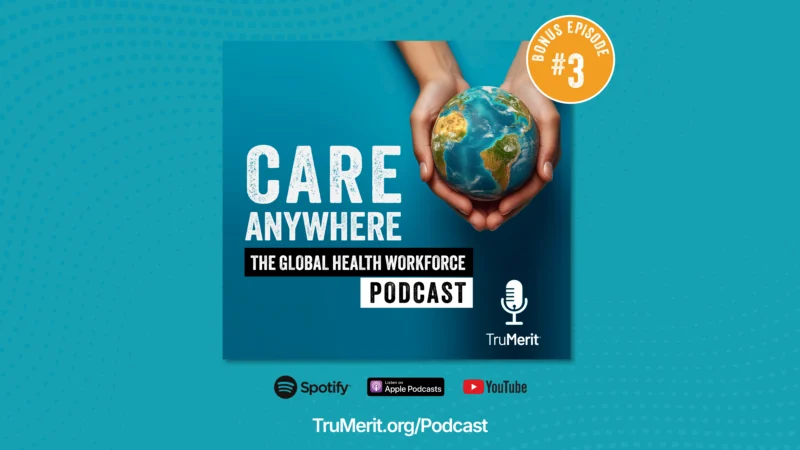5 Non-Surgical Treatment Options for Carpal Tunnel
In recent decades, carpal tunnel syndrome (CTS) has become far more prevalent.1 CTS is now the most common neuropathic compression syndrome of the upper limbs. Symptoms of carpal tunnel syndrome include pain, weakness, numbness, and tingling in the hand and arm. Typically, carpal tunnel syndrome begins as a minor inconvenience, but gets progressively worse over time, so early diagnosis and treatment are essential. The carpal tunnel is a narrow, rigid passage in the wrist, about an inch wide, formed by small bones called the carpal bones and a strong band of connective tissue called the transverse carpal ligament.2The median nerve—which provides feeling in the thumb and index, middle, and ring fingers—begins in the forearm, passes through the carpal tunnel, and goes into the hand. Nine flexor tendons that bend the fingers and thumb also travel through the carpal tunnel. In CTS, thickening from the lining of irritated tendons or other swelling narrows the carpal tunnel and compresses the median nerve.
How Carpal Tunnel Syndrome Takes Shape
Carpal tunnel syndrome usually begins gradually with frequent burning, tingling, itching, or numbness in the palm and the fingers of a person’s dominant hand, especially the thumb and the index and middle fingers.3 Over time, grip strength may decrease, making it difficult to form a fist, grasp small objects, or perform other manual tasks. There is no single cause of CTS—it can be caused by trauma or injury to the wrist, rheumatoid arthritis, or fluid retention during pregnancy or menopause—but is most commonly caused by work stress, such as the repeated use of vibrating hand tools, assembly-line work, or even data-entry jobs.
In extreme cases of CTS, surgery may be the only remedy. But there are also some non-surgical treatments that may provide relief from symptoms:
- Warm and Cold Therapy— CTS sufferers can ice their wrist or soak it in an ice bath for 10 to 15 minutes once or twice an hour until symptoms subside. Others may respond better to immersing their hand in warm water at a temperature between 92 and 100 degrees three to four times a day.
- Nighttime Therapy— Symptoms often manifest themselves during the night, since many people sleep with flexed wrists. Nighttime pain may be relieved by gently shaking the hand and wrist or hanging the hand over the side of the bed. In addition, a cushioned resting splint explicitly made for nighttime use can keep people from flexing or overextending the wrist while they sleep.
- Over-the-Counter Medication— Non-steroidal anti-inflammatory drugs such as ibuprofen or naproxen may help relieve pain and reduce inflammation. Certain creams applied topically can alleviate pain as well. Of course, one should always consult with a primary care physician to make sure these pain relievers do not react negatively with other medicines being taken.
- Splints, Braces, and Supports— Rigid splints immobilize the wrist in a neutral to a slightly extended position, while allowing virtually unimpeded thumb and finger function. Specialized grip-fit splints control excessive wrist bending without restricting grip strength or interfering with grasp. Therapeutic gloves and compression sleeves can also reduce discomfort by providing support and promoting circulation in the hand and wrist.
- Taking a Break— CTS sufferers should consider stopping the activity that is causing the compression. At the very least, it is always a good idea to take frequent breaks from any repetitive motion. Set a timer for 15 minutes and when it goes off, stop the activity, wiggle the fingers, stretch the hands, and move wrists to improve blood flow to these areas.
AliMed’s comprehensive line of carpal tunnel supports help limit and control unwanted motion while promoting daily activities.
Read more at alimed.com









